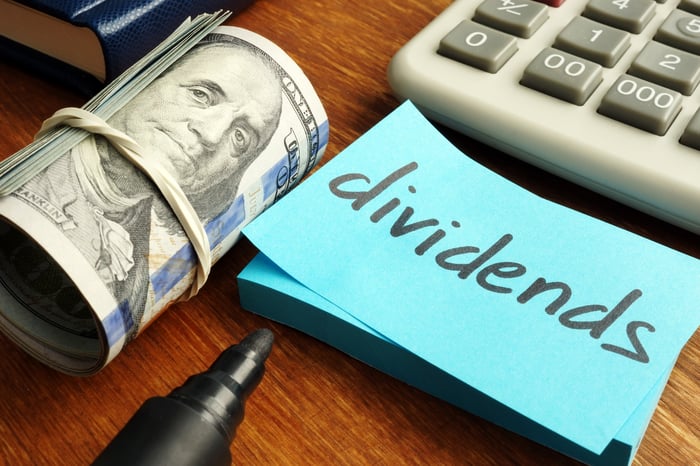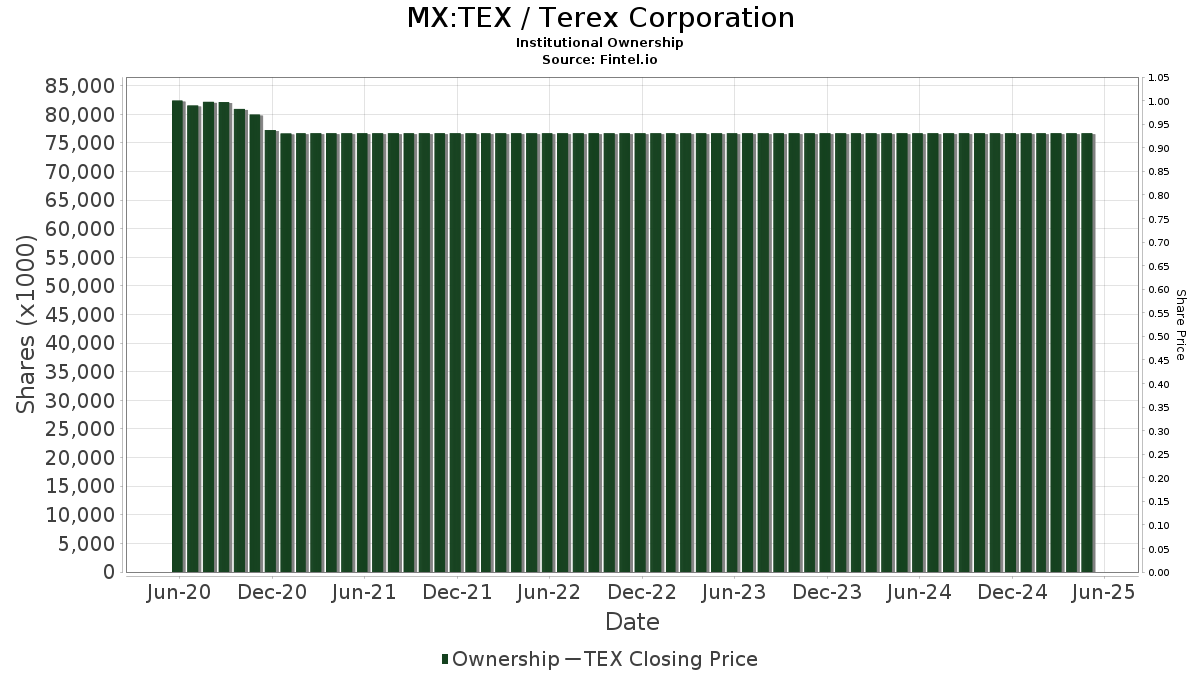Warren Buffett’s Caution Signals Challenges Ahead for Investors
The bull market surged last year, with investors particularly favoring high-growth stocks. This trend was driven by expectations that such stocks would flourish in a potentially lower interest rate environment. Notably, several of these acclaimed companies are pivotal players in artificial intelligence (AI), a sector poised for substantial growth in the coming years.
However, amid this optimism, Warren Buffett issued significant warnings to Wall Street. Instead of following the trend and aggressively buying stocks, the billionaire investor made selective purchases, adding Constellation Brands to the Berkshire Hathaway portfolio in the fourth quarter. Overall, he was a net seller of stocks, even trimming positions in major holdings such as Apple and Bank of America. Concurrently, he amassed a record level of cash that has continued to grow this year, reaching over $347 billion by the end of the first quarter.
During this time, Buffett has now been a net seller of stocks for ten consecutive quarters, reinforcing his billion-dollar caution into this year. To understand potential future market movements, let’s examine historical trends.

Image source: The Motley Fool.
The Importance of Buffett’s Strategies
First, it is essential to understand why Buffett’s actions are pivotal. Over 59 years, he has guided Berkshire Hathaway to consistent market-beating performance, demonstrating his ability to identify strong investment opportunities. Buffett has achieved a compounded annual gain of nearly 20%, compared to the S&P 500’s approximate 10% increase during that same span.
Buffett’s success stems from a few guiding principles. He invests only in companies he understands, seeks reasonable prices, and holds investments for the long term. Crucially, he avoids jumping into trends and does not follow the crowd, maintaining a disciplined approach regardless of market conditions.
In his 2024 shareholder letter, Buffett noted, “often, nothing looks compelling; very infrequently we find ourselves knee-deep in opportunities.” This perspective suggests that he viewed last year as lacking compelling investment opportunities. Even today, despite recent losses, many stocks remain expensive, as highlighted by the S&P 500 Shiller CAPE ratio, which assesses stock prices relative to earnings over a decade.

S&P 500 Shiller CAPE Ratio data by YCharts
Learning from Historical Trends
Buffett’s current warning is not unprecedented. In prior years, his cash reserves have peaked before declining as he deployed some of those funds. Historical data shows this pattern occurring in 2007, 2017, and 2021.

Data Source: Statista.
Notably, performance of the S&P 500 in the year following each of these “Buffett warnings” indicates a decline. The index dropped by 38% in 2008, 6% in 2018, and 19% in 2022. Thus, if the current warning mirrors past patterns, the S&P 500 may face an annual decline next year.
It’s critical to note that these declines stem from broader economic and corporate environments, rather than Buffett’s actions alone. He has consistently demonstrated an ability to identify risks and adapt accordingly. His recent decisions indicate a strategy focused on building cash reserves until viable investment opportunities arise.
If historical trends continue, stocks could see a downturn next year. However, this should not discourage investors from seeking quality stocks. In any market situation, like Buffett, focus on identifying companies trading at appealing valuations, capitalize on opportunities, and maintain long-term holding strategies. A few market downturns over time will not hinder overall investment success.
Should You Invest $1,000 in Apple Now?
Before considering an investment in Apple, reflect on this:
The Motley Fool Stock Advisor analyst team recently highlighted what they believe are the 10 best stocks for investors today, and Apple wasn’t included. The selected stocks have the potential for significant future returns.
For instance, when Netflix was recommended on December 17, 2004, an investment of $1,000 would now be worth $642,582!* Similarly, if you had invested $1,000 in Nvidia on April 15, 2005, it would be valued at $829,879!*
Significantly, Stock Advisor has a total average return of 975% — a notable outperformance compared to 172 for the S&P 500. Don’t miss this opportunity; join Stock Advisor for the latest top 10 list.
*Stock Advisor returns as of May 12, 2025.
Bank of America is an advertising partner of Motley Fool Money. Adria Cimino has no position in any of the stocks mentioned. The Motley Fool has positions in and recommends Apple, Bank of America, and Berkshire Hathaway. The Motley Fool recommends Constellation Brands. The Motley Fool has a disclosure policy.
The views and opinions expressed herein are those of the author and do not necessarily reflect those of Nasdaq, Inc.




